The Pharaohs of Ancient Egypt were in more than one sense of the word rulers; they represented divine beings who were central to that culture, religion, and society of one of the world’s most fascinating civilizations. This blog tries to explore the roles and importance of these powerful leaders, highlighting some of the most noted pharaohs and their contributions to the empire’s rich history.
Table of Contents
Role of Pharaohs in Ancient Egypt
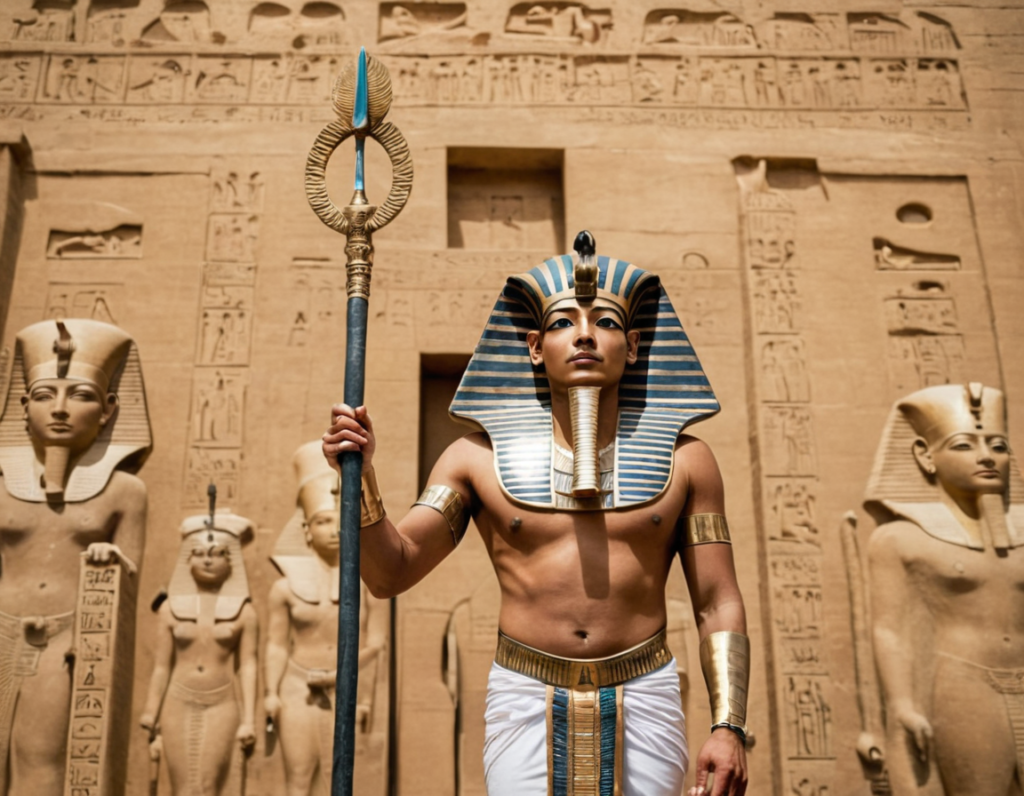
The political and religious leaders of the state were the pharaohs. They were supposedly to depict the unity and strength of the nation. They could also be considered as intermediaries between the gods and the people. Their work was to preserve the ma’at or cosmic order. Their rule was claimed to be divinely sanctioned, which is why they were a must in both governance and spiritual life.
Political Authority
The pharaoh was the most authoritative ruler of the country; they were the ones with all the authority. They made laws, and they also controlled what happened in terms of taxation and the army. All the problems-the problems from agriculture to trade-hung on whatever whim of decision the pharaoh made to save the wealth of the kingdom. The crook and flail, which were symbolic of shepherding people and dispensing justice, often highlighted the strong influence of the pharaoh.
Religious Significance
Pharaohs were also religious figures, thought to be the incarnation of the god Horus, while on their death, one merges with Osiris, the god of the afterlife. This symbolic integration, as it were, was important in maintaining order in society, since the conduct of the pharaohs was thought to affect the will of the gods.
Most prominent Pharaohs of Ancient Egypt
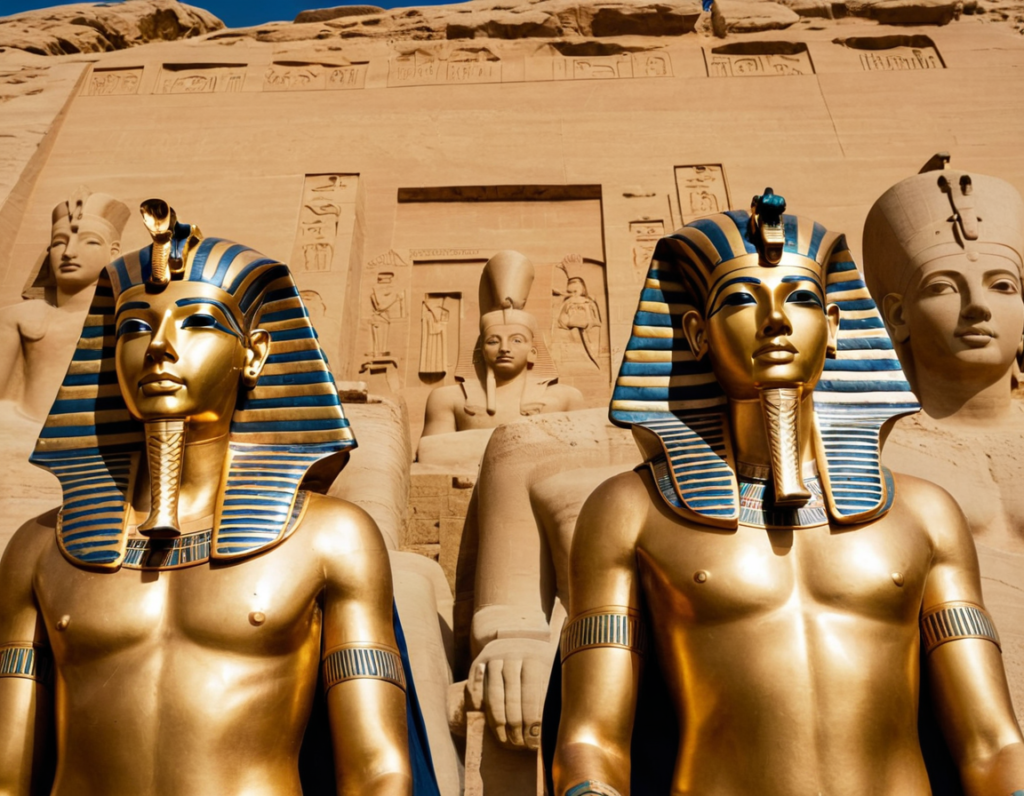
Such a long time has passed that ancient Egypt has witnessed some truly outstanding pharaohs. Here are a few who made very important impressions on the civilization:
Tutankhamun: The Boy King
Tutankhamun, or more popularly as King Tut, was the boy pharaoh of the 18th Dynasty who ruled in the period. That is the most notable characteristic about this ruler is his rich tomb unearthed by Howard Carter in the year 1922, which showed incredible treasures in it, providing the quality insight into ancient Egyptian burial practices. Even though the King Tut ruled only for a little period, his legacy exists because of the treasures discovered in his tomb: the artifacts betray the richness and artistry of an ancient Egypt.
Ramses II: The Great Builder
Ramses II, also referred to as Ramses the Great, ruled for 66 years in the 19th Dynasty. He is often regarded as one of the strongest pharaohs in Egypt. Ramses has become famous due to monumental building projects, including temples in Abu Simbel and Ramesseum; he also became known for his military campaigns that continued enlarging Egypt’s territory and securing its borders. His reign was the apogee of Egypt in his time, and he is therefore the mythical description of great pharaohs of Egypt.
Cleopatra VII: The Last Pharaoh
The last active ruler of the Ptolemaic Kingdom of Egypt was Cleopatra VII. She has always been known to be intelligent and politically astute. Therefore, she formed alliances with powerful Roman leaders, including Julius Caesar and Mark Antony, whom she married. The reign of Cleopatra brought the Hellenistic period of Egypt to an end. Her story spoke of tragic fate and caught people’s interest for centuries, symbolizing the inevitable clash between ancient Egypt and rising power of Rome.
The Construction of Pyramids and Monuments
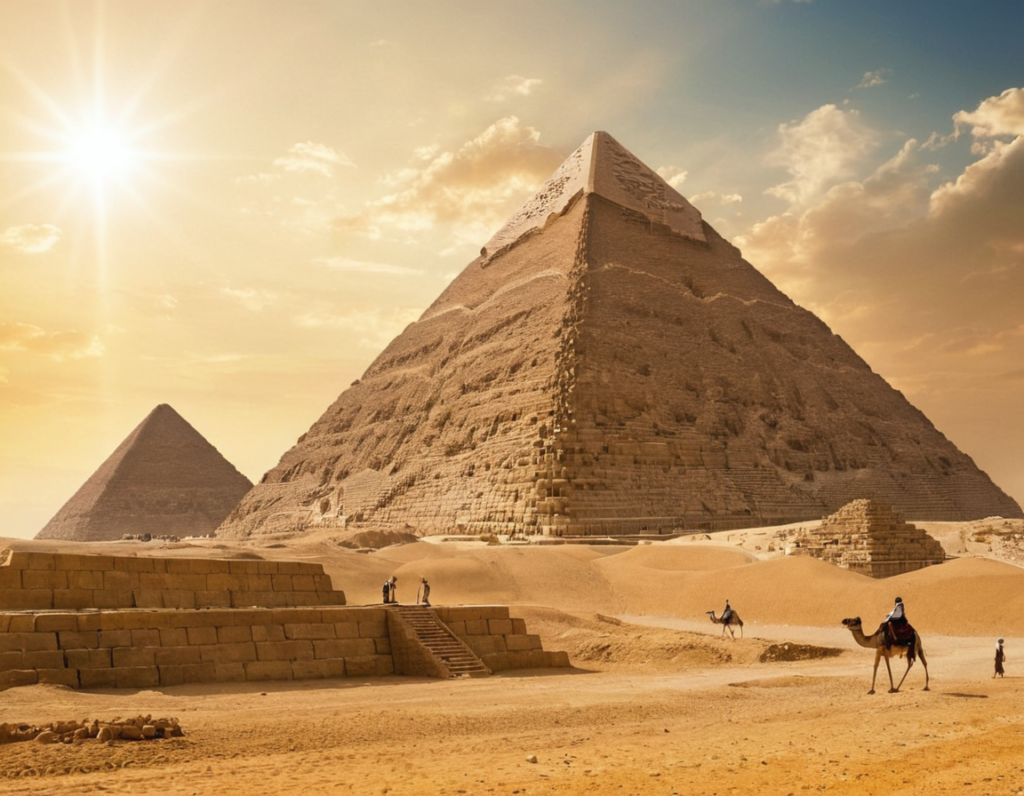
The pharaohs of Ancient Egypt perhaps best described monumental architecture, especially pyramids. They were not just tombs but monuments that showed the connection of the pharaoh with the gods.
The Great Pyramid of Giza
One of the Seven Wonders of the Ancient World, the Great Pyramid of Giza was built for Pharaoh Khufu (Cheops) around 2580-2560 BCE. It is the largest of the three pyramids on the Giza Plateau and demonstrates the advanced engineering skills of the ancient Egyptians. The dimensions and accuracy of the building are testaments to the resources and organization at the disposal of Khufu.
Pyramids as Symbols of Eternity
The pyramids were believed to allow the ease of moving a pharaoh to the afterlife. Design on the pyramids is that of the rays of the sun, therefore linking the pharaoh with heavens. Vaulted burial chambers inside such structures, very detailed and full of treasures and food for use in the future, illustrate the important position that state institutions maintained within the Egyptian religion and culture.
The Afterlife and Burial Practices
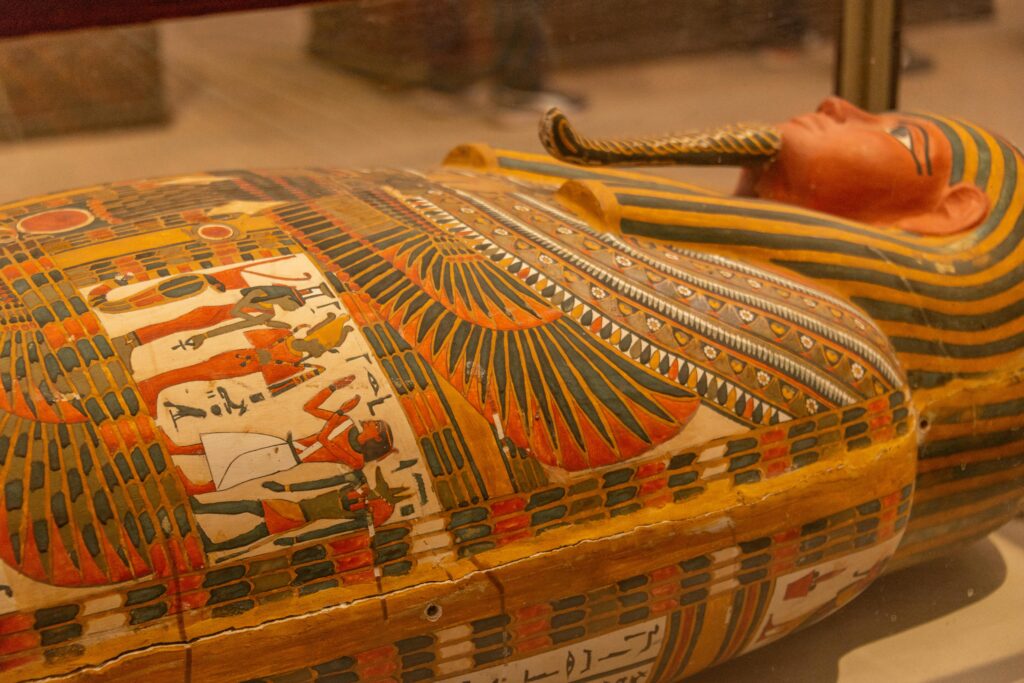
The notion of afterlife was one of the most important beliefs of Ancient Egypt by the Pharaohs. Such beliefs controlled most huge, costly burial practices to ensure safety in the afterlife.
Mummification
Mummification was an elaborate process, whereby the body had to be preserved for the afterlife. This intricate procedure included removal of internal organs, treatment with natron, and then wrapping the body in linen. It was believed that preserving the body would be of importance to the soul to proceed into the afterlife.
Tomb and temples
They were interred in decorated tombs, usually located in the Valley of the Kings. These tombs were richly decorated in paintings and inscriptions telling of their lives and the trip into the afterlife. They even built temples to them, places for worship and offerings to their deified dead selves.
Legacy of the Pharaohs
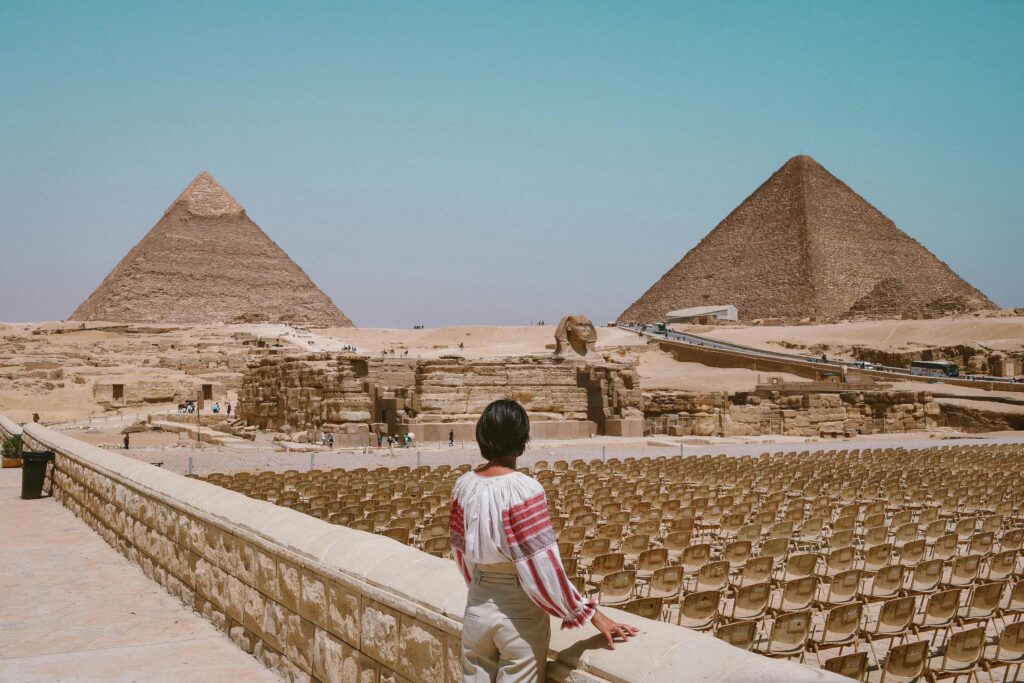
The Pharaohs of Ancient Egypt left monumental legacies that amaze people even to this day. Monumental achievements in architecture, art, and governance laid the ground for a civilization that prospered for thousands of years.
Impact on Modern Culture
From tales of great king pharaohs and magnificent accomplishments to the romanticized stories of Cleopatra, interest in ancient Egypt has persisted. Archaeologists excavate tombs still to this day, while museums across the globe showcase items that recount history through these great rulers and their legacies.
Conclusion
The Pharaohs of Ancient Egypt: Rulers of a Timeless Empire serve greater than the definition of kings, as symbols of power, divine munificence, and cultural prowess. Their monumental constructions, religious beliefs, and political acumen formed a civilization that has been etched into history and crossed boundaries. And the stories of these rulers will continue to inspire and captivate generations to come, which still prevail in the ever-growing mystery of ancient Egypt.
What do you think of the pharaohs and their legacy? Is there any of these pharaohs who especially really interests you? Let me know your thoughts in the comments!
